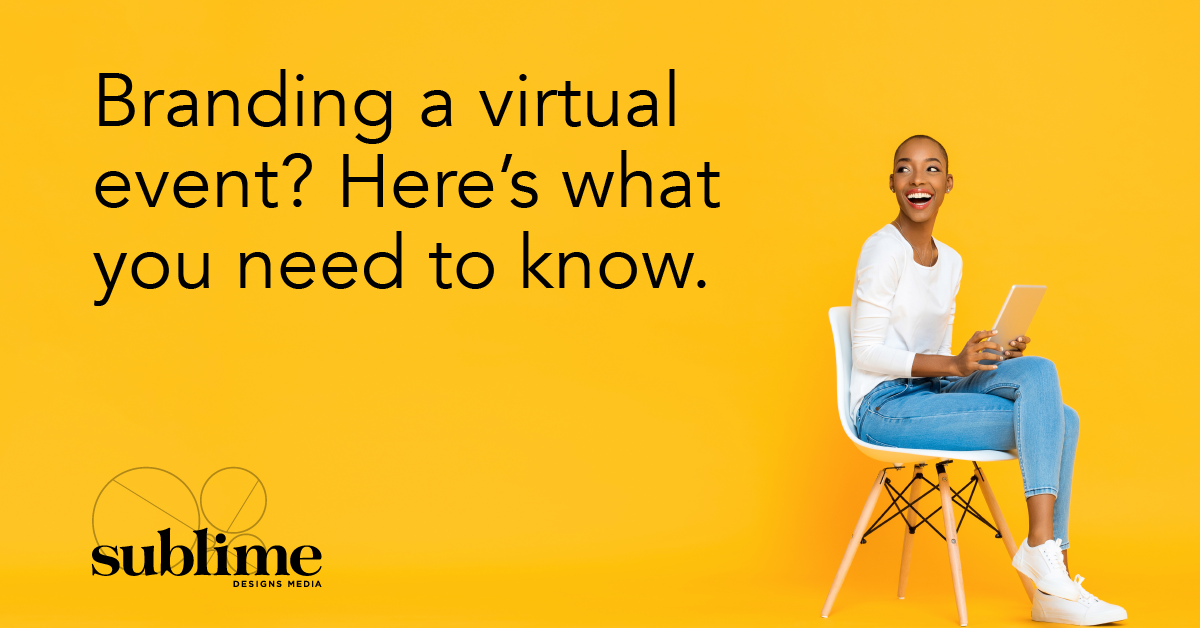You may recall in our last post we touched on how to build a brand that can pivot in times of uncertainty. The “new normal” we’ve found ourselves in in 2020 is anything but normal for many reasons, and that goes for how we host events in the midst of a global pandemic. While some might be quick to simply say, “well, you don’t,” a growing swath of companies are shifting gears, getting creative, and finding ways to meet consumers and colleagues where they are: home.
It’s no secret we live in a digital age and it’s because of this and the multitude of technologies at our fingertips, that virtual events are possible. You may find you want to connect with a small group of consumers in a more intimate setting or host a large B2B conference. Regardless of the size or purpose, these tips will help you brand your virtual event for success:
- Start with the customer. While it may be easy to assume we’re all in the same current headspace given the collective nature of what’s happening in the world, we recommend going straight to the source for clarity. Choose some potential attendees to interview and find out what would be most beneficial for them at this point in time. How have their needs changed in the wake of current events and subsequently how can you help meet those needs virtually? This should help create a more informed roadmap for how you should set up a virtual event, as well as the key messaging and design you should craft.
- Focus on the benefit. When it comes to creating messaging for your event, make sure to focus on benefit-based language that highlights why attendees will benefit from attending. As more and more companies embrace virtual events and the relative ease they provide in comparison to in-person events, competition for people’s time and attention is growing exponentially. So what sets yours apart?
- Be clear. Given what we mentioned above, in addition to the why, there should be no question about where, when, and how the event will take place. Be as specific and tangible as possible. Should they have their cameras on or off? Muted or not? How long will the event last and what participation, if any, is expected? Will there be opportunities to network during the event itself or in follow up?
The idea of virtual events is new to a lot of people, so don’t make your potential participants do any added leg work of figuring out the logistics — let them know up front what to expect. This will save any confusion, frustration, or an onslaught of questions to answer from the onset.
- Design. Design. Design. If there is one common theme among all of these points, it’s the need to cut through the noise. And what better way to do this than through stellar design? Push the limits when possible. This is a digital conference or event that will need to be totally different from what others are putting out there. Does that mean you shouldn’t do one? No, it simply means you need to make yours unique. Easier said than done, we know. But try starting by checking out what the competition is doing and choose a different direction.
The great thing is, there is no real rule book you need to stick to or trend you need to follow here. This is an opportunity to draw inspiration from any number of sources, whether it’s something you saw in nature, on Pinterest, or from one of your favorite artistic movements. The options are endless and now’s the time to truly think outside the box when it comes to design!
We know these times are challenging for everyone, but within that lies new opportunities to re-evaluate, adjust and evolve. You might just be surprised by how many silver linings are out there.
